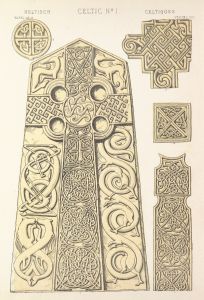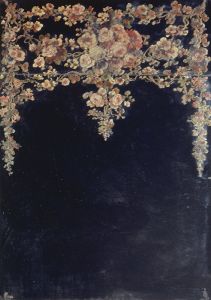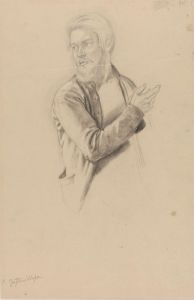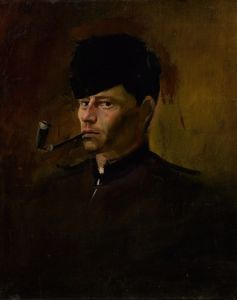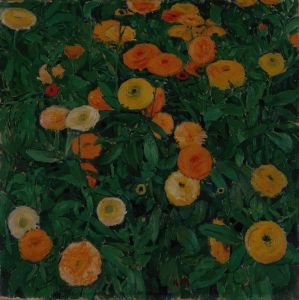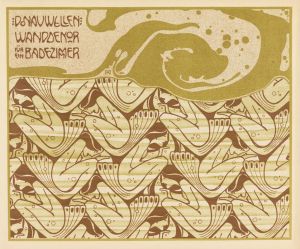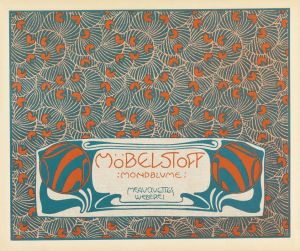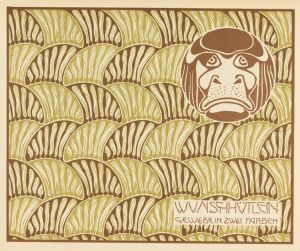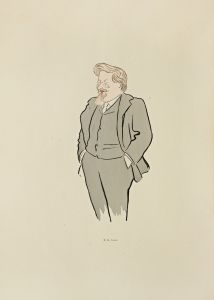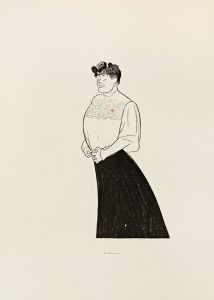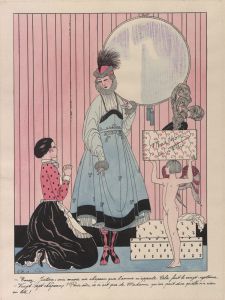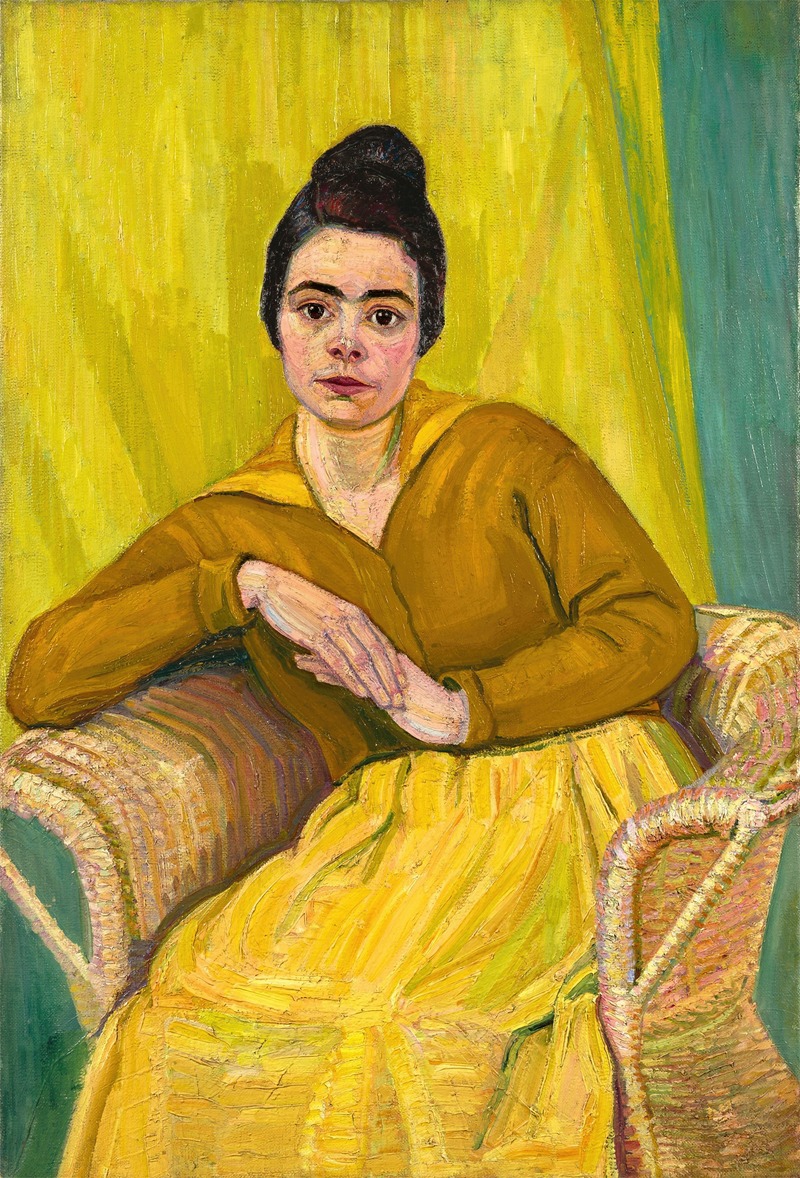
Sitzende Dame im Korbstuhl
A hand-painted replica of Koloman Moser’s masterpiece Sitzende Dame im Korbstuhl, meticulously crafted by professional artists to capture the true essence of the original. Each piece is created with museum-quality canvas and rare mineral pigments, carefully painted by experienced artists with delicate brushstrokes and rich, layered colors to perfectly recreate the texture of the original artwork. Unlike machine-printed reproductions, this hand-painted version brings the painting to life, infused with the artist’s emotions and skill in every stroke. Whether for personal collection or home decoration, it instantly elevates the artistic atmosphere of any space.
Koloman Moser's painting Sitzende Dame im Korbstuhl (translated as Seated Lady in a Wicker Chair) is a notable work by the Austrian artist and designer, who was a leading figure in the Vienna Secession movement. Created in 1910, this painting exemplifies Moser's transition from his earlier decorative and graphic works to a more painterly and expressive style. The artwork reflects the influence of both the Secessionist ideals and the broader European artistic trends of the early 20th century.
The painting depicts a seated woman in a wicker chair, rendered with a focus on elegance and compositional balance. The subject's pose and the surrounding elements suggest a moment of quiet introspection, characteristic of Moser's interest in capturing both the aesthetic and emotional dimensions of his subjects. The use of color and texture in the painting demonstrates Moser's mastery of blending decorative sensibilities with a more naturalistic approach, a hallmark of his later artistic career.
Koloman Moser (1868–1918) was a multifaceted artist, excelling in painting, graphic design, furniture design, and other applied arts. He was one of the co-founders of the Wiener Werkstätte (Vienna Workshop), an influential design collective that sought to integrate art into everyday life. Moser's work, including Sitzende Dame im Korbstuhl, reflects the ideals of the Vienna Secession, which emphasized the unity of fine and applied arts and sought to break away from traditional academic styles.
The painting is part of Moser's broader body of work that bridges the decorative and the fine arts. While Moser is perhaps best known for his contributions to graphic design and applied arts, his paintings, including this piece, reveal his ability to convey mood and character through a more personal and painterly medium. The restrained yet expressive style of Sitzende Dame im Korbstuhl aligns with the aesthetic principles of the Vienna Secession, which valued innovation, individuality, and the harmonious integration of form and content.
Today, Sitzende Dame im Korbstuhl is recognized as an important example of Moser's artistic evolution and his contributions to early 20th-century art. The painting is held in a private collection and has been featured in exhibitions that explore the work of the Vienna Secession and the Wiener Werkstätte. It continues to be studied and appreciated for its artistic and historical significance within the context of Moser's career and the broader cultural movements of his time.





